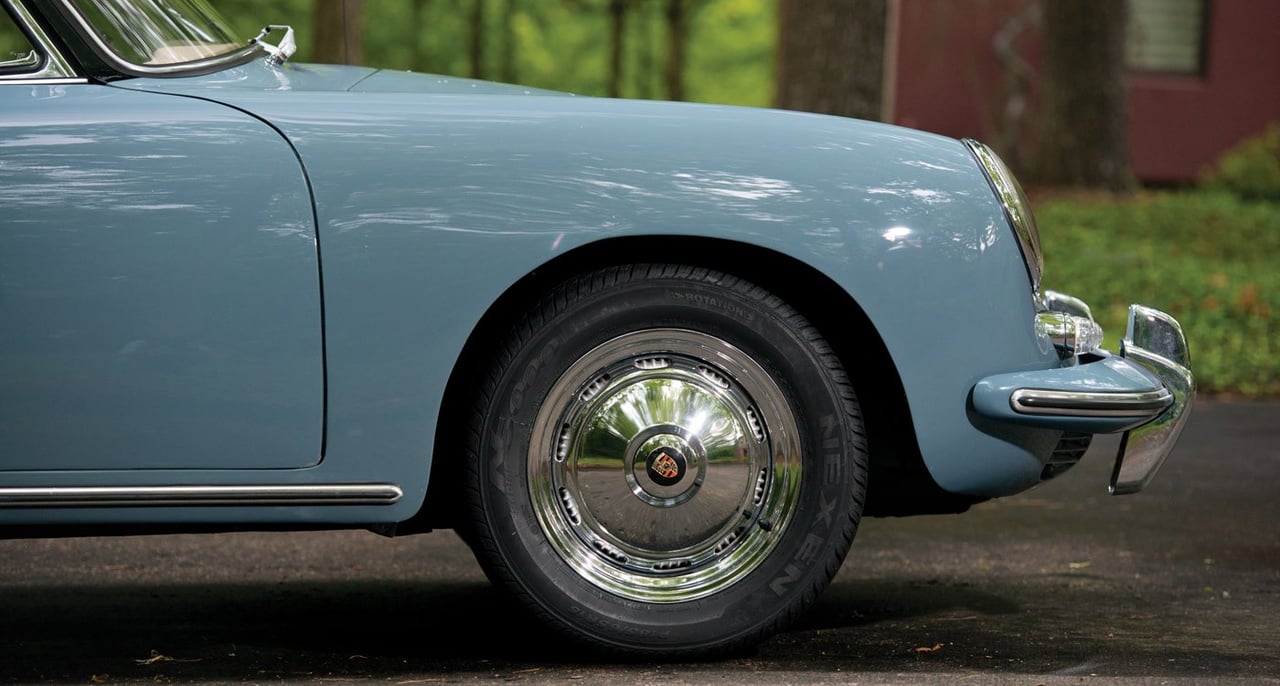Cars for those 'in the know'



Porsche re-wrote the very meaning of ‘sports car’ with its rear-engined models, which were appreciated at first only by a minority of discerning drivers of some means. To own a new 356 back then was to join an exclusive club of bright people ‘in the know’.
Porsche cars were expensive, they looked unusual and they had relatively small engines. Most people regarded them as a German oddity and owners needed the confidence to ignore being teased about their quirky taste in cars. The 356 was bought by sophisticated, intelligent, successful people who really understood high-performance driving. There was no shortage of so-called experts ready to explain why the rear-engined concept was wrong. Porsche, however, knew better and continued to develop the concept through research, especially in competition, winning countless races, rallies and hillclimbs.
Controversy and confusion



Owners became addicted to the handling and learnt to exploit the pendulum effect of a rear-engined performance car. To get the best from the 356, it needed to be cornered on oversteer and expert drivers who mastered that became devoted 356 fans. Driving cars sideways through corners isn’t exactly ‘PC’ these days, of course, but Porsche engineers soon began to reduce that characteristic for different reasons. They were after ever-better performance, which they achieved partly by reducing the tendency of the 356 to oversteer. That move was deeply resented by some diehard owners in the early 1950s – it was a source of serious controversy at the time, if long forgotten now.
The low centre of gravity of the flat-four air-cooled engines helped to provide excellent roadholding, as did the ever-improving independent suspension. The low-drag body design and long gearing gave the 356 excellent performance in the upper speed ranges, while the rearward weight bias provided superior traction on hairpin bends. Whether on mountain roads or long, level straights the 356 could outperform rivals that, on paper, were expected to be quicker. Owners of more powerful cars were left behind, puzzled over their inability to keep up with those funny German cars. A 356 was certainly extremely expensive to buy but thanks to the efficient engineering and aerodynamics they were very cheap to run. Beautifully built and incredibly reliable, they could run flat out happily all day, using far less fuel than – and going faster than – the rest.
A model to suit every buyer

About 5000 Speedsters were made out of a total of around 76,000 356s produced. Production ran from 1948 through to 1965 and the 356 shown here is a 1962 Model Year Porsche 356 B 1600 Hardtop by Karmann. It is one of just 1047 made to this body design and a factory-issued Certificate of Authenticity states that it left the factory on August 17, 1961. A sensitively restored original 356, this matching-numbers example is in the RM Auctions Hershey sale on October 9, to be sold without reserve. The estimate is $90,000 – $125,000. Earlier this year, this exceptionally well presented Porsche was on display in the Cincinnati Art Museum, as part of the museum’s celebration of the artful design of the automobile.
Photos: Darin Schnabel ©2014 Courtesy of RM Auctions

















